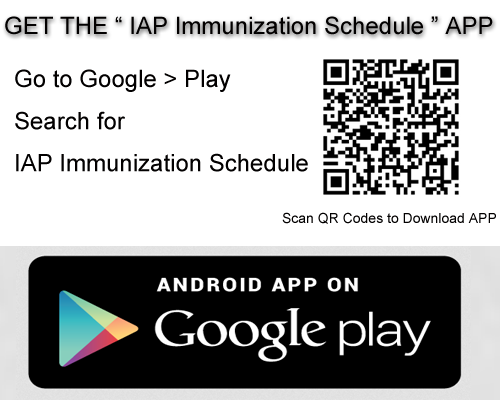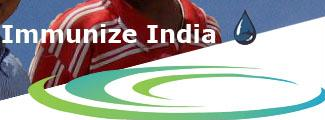What is whooping cough?
Whooping cough - or pertussis - is a very serious respiratory (in the lungs and breathing tubes) infection caused by the pertussis bacteria. It causes violent coughing you can’t stop. Whooping cough is most harmful for young babies and can be deadly.
What are the symptoms of whooping cough?
Whooping cough starts with the following symptoms:
- Runny or stuffed-up nose
- Sneezing
- Mild cough
- A pause in breathing in infants (apnea)
After 1 to 2 weeks, coughing, which can be severe, starts. Children and babies may then begin to develop these more serious problems:
- Coughing very hard, over and over.
- Gasping for breath after a coughing fit. They may make a "whooping" sound. This sound is where the name "whooping cough" comes from. Babies may not cough or make this sound—they may gag and gasp.
- Difficulty breathing, eating, drinking, or sleeping because of coughing fits. These coughing fits happen more at night.
- Turning blue while coughing from lack of oxygen.
- Vomiting after coughing fits.
Coughing fits can last for 10 weeks, and sometimes happen again the next time the child has a respiratory illness.
Is it serious?
Whooping cough is most dangerous for babies and young children. In fact, babies younger than 1 year old who have pertussis may:
- Need to be cared for in the hospital
- Develop pneumonia (a serious lung infection)
- Have seizures (jerking or twitching of the muscles or staring)
- Suffer brain damage
Whooping cough can even be deadly. From 2000 through 2014, there were 277 deaths from whooping cough reported in the United States. Almost all of the deaths (241 of the 277) were babies younger than 3 months of age, who are too young to be protected against whooping cough by getting the shots.
How does whooping cough spread?
Whooping cough spreads easily through the air when a person who has whooping cough breathes, coughs, or sneezes. Almost everyone who is not immune to whooping cough will get sick if exposed to it. A person can spread the disease from the very beginning of the sickness (when he has cold-like symptoms) and for at least 2 weeks after coughing starts.
Your baby can catch whooping cough from adults, grandparents, or older brothers or sisters who don’t know they have the disease. New moms with whooping cough can give it to their newborn babies.
Is the disease prevalent in India too? If yes, how big is the burden of whooping cough (pertussis) in India?
Pertussis continues to be a serious public health problem in India. There is poor documentation of large scale outbreaks of pertussis in the country unlike the recent large scale outbreaks reported in many developed countries. Either many large scale outbreaks are totally ignored and go unreported or the existing pertussis vaccines are providing adequate protection.
What are the different scenario of pertussis in india?
There are two scenarios of pertussis epidemiology in a given population based on coverage of pertussis vaccine. Since the overall coverage is not very high, pertussis in major parts of the country continues mainly to be a problem of young children. However, many states having very good immunization rates behave like developed countries with high coverage in pediatric age group with resultant more frequent disease in adolescents and adults.
What is the best way to protect my child from whooping cough?
The best way to protect against whooping cough is by getting the diphtheria-tetanus-pertussis shot (also called the DTP shot). Doctors recommend that all children get the vaccine.
Why should my child get the DTP shot?
The DTP shot:
- Helps protect your child from whooping cough (pertussis), a potentially serious disease (and also protects against diphtheria and tetanus)
- Prevents your child from having violent coughing fits from whooping cough
- Helps keep your child from missing school or childcare (and keeps you from missing work to care for your sick child)
What are the different types of DTP vaccines available in the market?
Broadly, two types of pertussis (whooping cough) vaccines, whole-cell (wP/DTwP) & acellular (aP/DTaP) types are available in the market. India is employing only wP vaccines in their national immunization program since 1978. Though aP vaccines are also licensed and available, they are mainly prescribed by the private sector and coverage is still miniscule.
Is the DTP shot safe?
Yes. The DTP shot is very safe. Vaccines, like any medicine, can have side effects. Most children who get the DTaP shot have no side effects. Regarding the safety of DTwP vaccines, there is still no report of higher rates of serious adverse events, and public acceptance of the vaccine is still not a serious concern.
What are the side effects?
Most children don’t have any side effects from the shot. When side effects do occur, they are usually mild, like redness, swelling, and pain from the shot, fever, and vomiting. They happen in about 1 child out of every 4 children who get the shot.
More serious side effects are rare but can include:
- A fever over 105 degrees
- Nonstop crying for 3 hours or more
- Seizures (jerking or twitching of the muscles or staring)
IAP & CDC recommend the tetanus-diphtheria-pertussis shot for everyone 11 years old and older, including pregnant women. This shot for older children and adults is called Tdap.
Sources:
- Whooping Cough and the Vaccine (Shot) to Prevent It. Available from: www.cdc.gov
- IAP Guidebook on Immunization 2013-14. Available from: www.iapindia.org
Last Updated : 10/01/2020
© Copyright 2015, All Rights Reserved by ACVIP. Powered by: ITindustries.com







